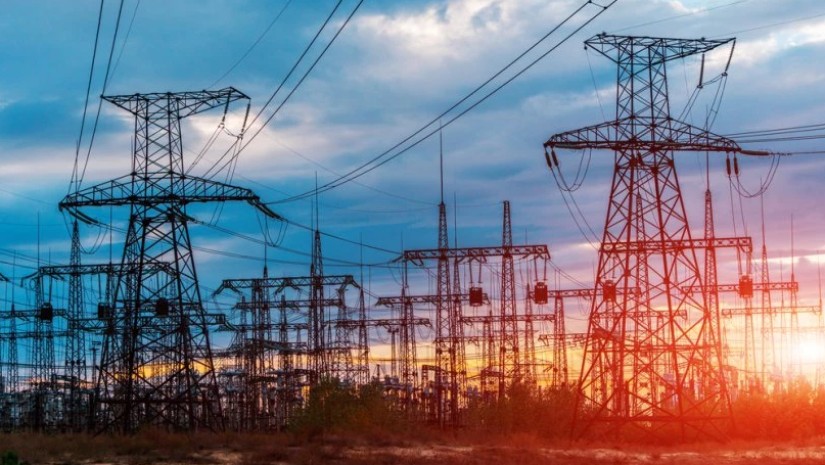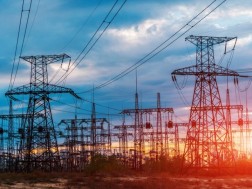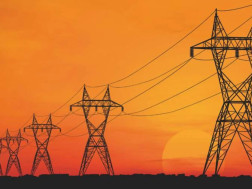Galt&Taggart published a report on Electricity Market Watch. According to the document, in 1Q24, domestic electricity consumption increased by 2.2% y/y. The growth was mainly driven by retail customers, with demand increasing by 4.7% y/y. The consumption of direct consumers continued downward trend and decreased by 3.3% y/y. This decline was mainly due to a decrease in the production of ferroalloys and metals. This downward trend started in 2023, when the price of ferroalloys on the global markets gradually decreased. Prices continue to decline and this trend is not expected to change in coming months. Therefore, a significant increase in the demand of direct consumers in the local electricity market in 1H24 is not expected.
In 1Q24, domestic electricity generation and imports increased by 1.3% y/y. HPPs accounted for 56.9% of the total supply. Notably, hydro generation increased by 41.2% y/y. Among them, the generation of Enguri-Vardnyli (+87.4% y/y) and other regulating HPPs (+54.6% y/y) was significantly up. A 30.9% of the supply was met by the generation of TPPs, 0.5% by WPPs, and the remaining 11.6% was imported.
In 1Q24, the volume of both imports and thermal generation decreased significantly - imports decreased by 27.0% y/y to 0.4 TWh, and thermal generation decreased by 26.2% y/y to 1.2 TWh. The decline in both components is the result of increasing hydro generation, thanks to abundant rainfall. Since the HPPs were able to provide the necessary supply, there was no longer a significant need for either TPP generation or imports. Notably, 95.3% of imported electricity came from Russia, which was fully intended for Abkhazia.
In 1Q24, electricity exports were traditionally insignificant. The total export volume amounted to 0.02 TWh (0.5% of the total supply), and the average export price was 6.2 US cents (-4.3% y/y).
In 1Q24, electricity imports decreased by 27.0% y/y. Electricity import to Georgia amounted to 0.4 TWh (11.6% of total demand). Most of theimported electricity, 95.3%, came from Russia, and the remaining 4.7% came from Azerbaijan. Notably, the average import price increased by 233.5% y/y to 0.4 US cents. The increase was due to the last year’s low base, when imports was only from Russia and solely for the consumption of the Abkhazia region at a special price.















